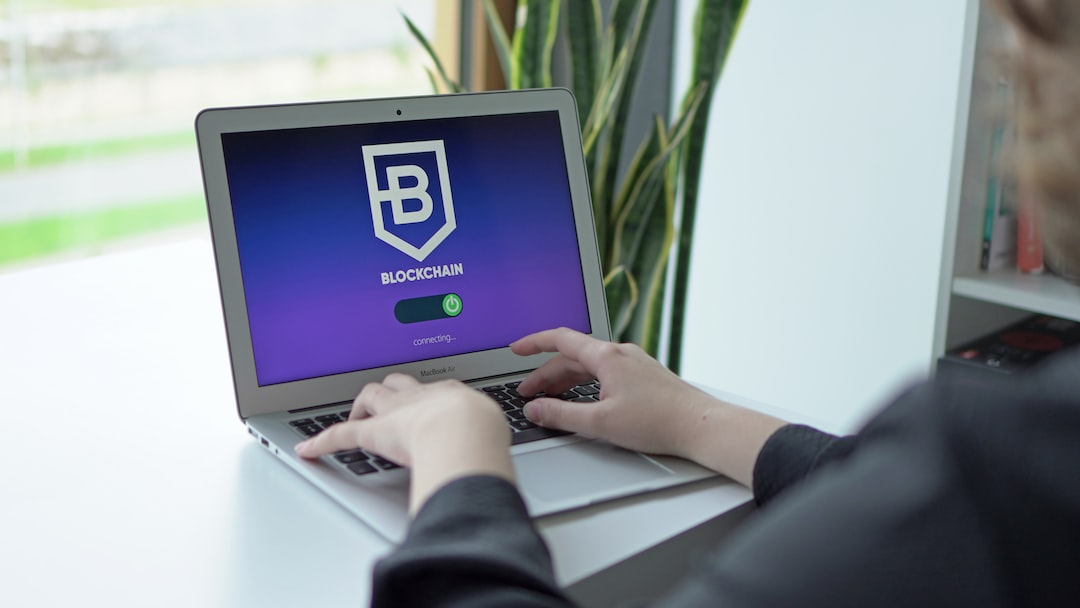Addressing Security Concerns: Blast Bridge Defends its Blockchain Model
Blast Bridge, an L2 network on Ethereum, has responded to skepticism surrounding its blockchain model. The project’s market cap has soared to over $300 million, accompanied by promises of a token airdrop. Some members of the crypto community have expressed security concerns due to the protocol’s smart contract architecture.
Blast Bridge has pushed back on these concerns, highlighting its multi-signature build that safeguards assets. The project acknowledges that no contract code security is foolproof and that each smart contract design has its vulnerabilities. Blast points out that other layer-2 blockchains like Arbitrum and Polygon also use multi-sig wallets, which can be beneficial if implemented correctly.
You want to make sure that each signing key of a multi-sig is independently secure. This helps make the multisig antifragile. Each key should be in cold storage, managed by an independent party, and geographically separated.
Blast L2
Blast emphasizes that its multi-sig wallet is managed by veteran technical engineers who serve as signatories. The project plans to enhance resilience and mitigate black swan events by upgrading the underlying hardware wallet provider used for its multi-sig structure.
This will ensure that no single hardware wallet type is used 3-of-5 times, maintaining safety even in an unprecedented hardware wallet compromise scenario.
Blast L2
The Rise of Blast Bridge: Market Cap Surpasses $300 Million
Co-founder of NFT marketplace Blur, Tieshun Roquerre (AKA Pacman), introduced Blast Bridge after securing $20 million from investors like Paradigm. This deposit-only protocol offers native yield to users and has garnered attention for its token airdrop and upcoming mainnet launch.
Blast Bridge’s market cap has surged above $300 million, driven by significant inflows into its contract address. The project’s asset portfolio, provided by DeBank, reveals substantial holdings in Lido’s staked Ether (stETH) and Maker’s DAI, a defi stablecoin.
Hot Take: Blast Bridge Addresses Security Concerns with Multi-Sig Safeguards
Blast Bridge has responded to skepticism surrounding the security of its blockchain model. The project emphasizes its use of multi-signature technology to protect assets, acknowledging that no contract code security is infallible. By highlighting other layer-2 blockchains that employ multi-sig wallets, Blast Bridge defends the benefits of this approach when implemented correctly.
The project ensures the independence and security of each signing key within its multi-sig wallet through cold storage managed by experienced technical engineers. To further enhance security, Blast Bridge plans to upgrade its underlying hardware wallet provider.
With a market cap exceeding $300 million and notable investments from Paradigm, Blast Bridge has gained attention in the crypto community. Its deposit-only protocol offers native yield and holds substantial assets such as staked Ether and DAI. While addressing security concerns, Blast Bridge continues to make strides towards its mainnet launch and rewards early supporters with a token airdrop.





 By
By
 By
By
 By
By
 By
By
 By
By
 By
By